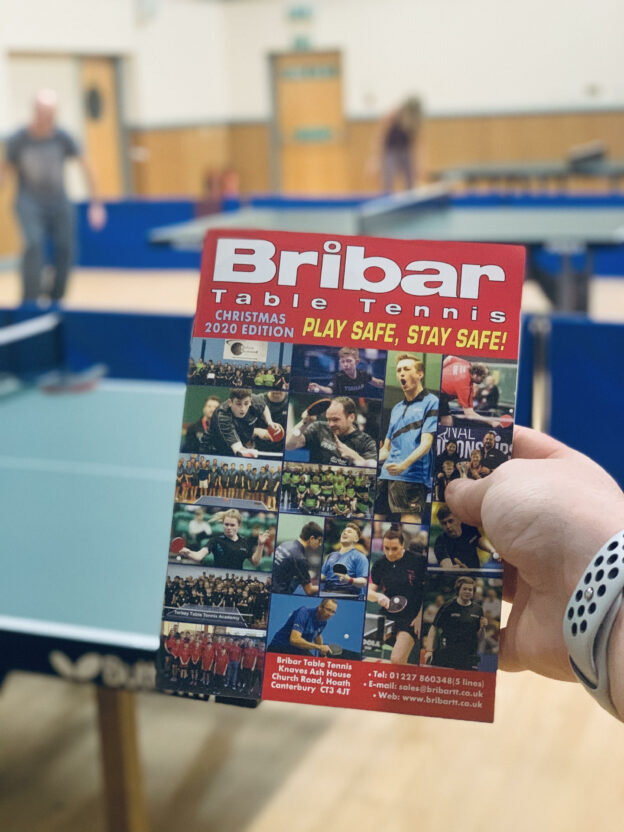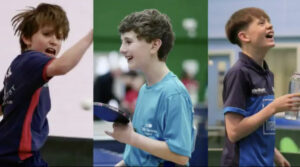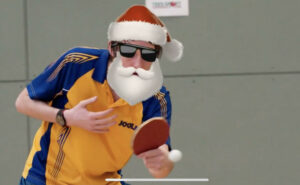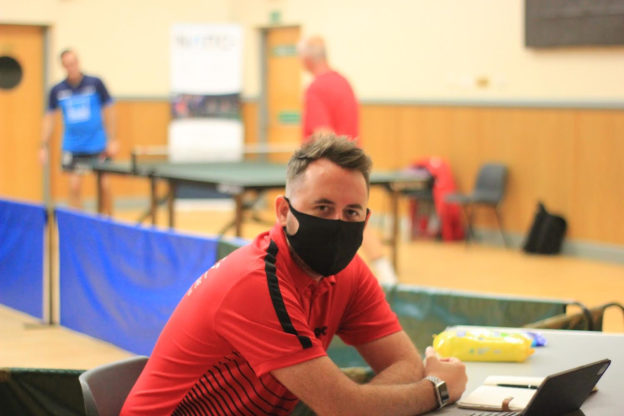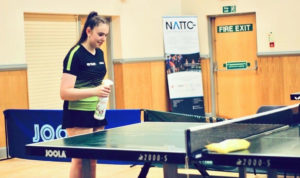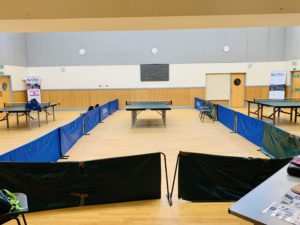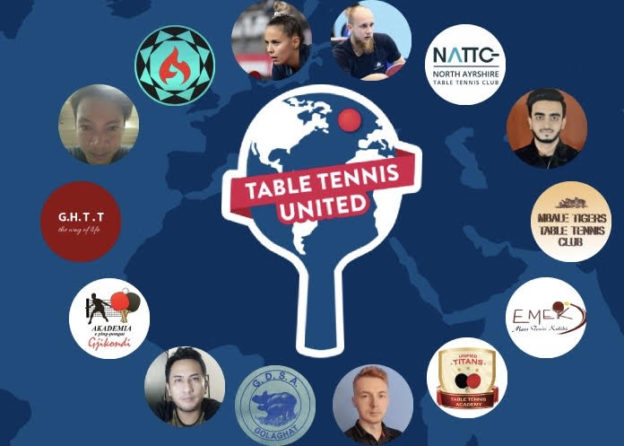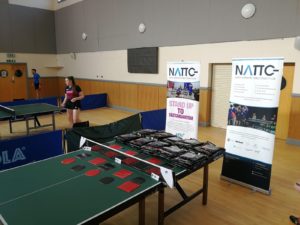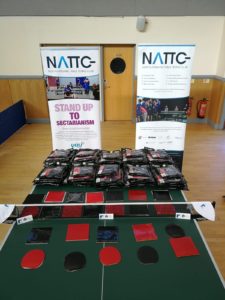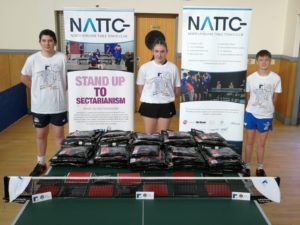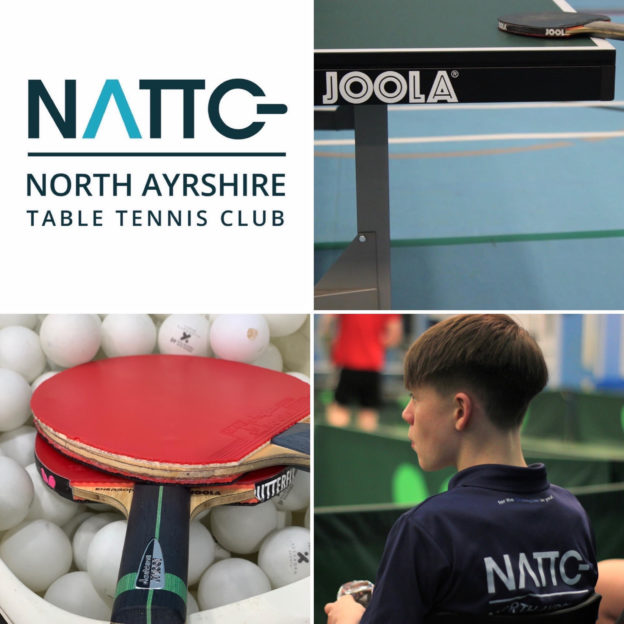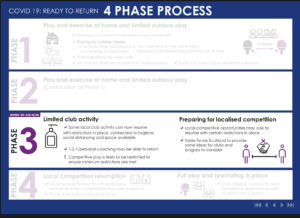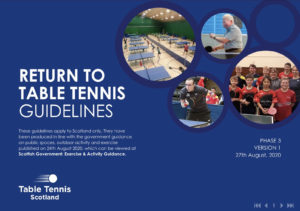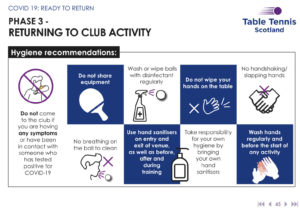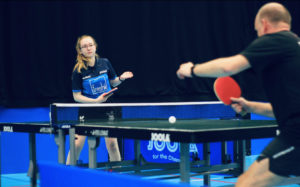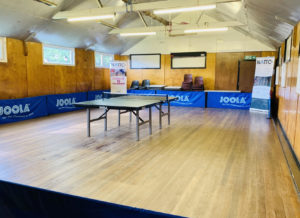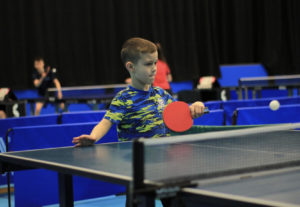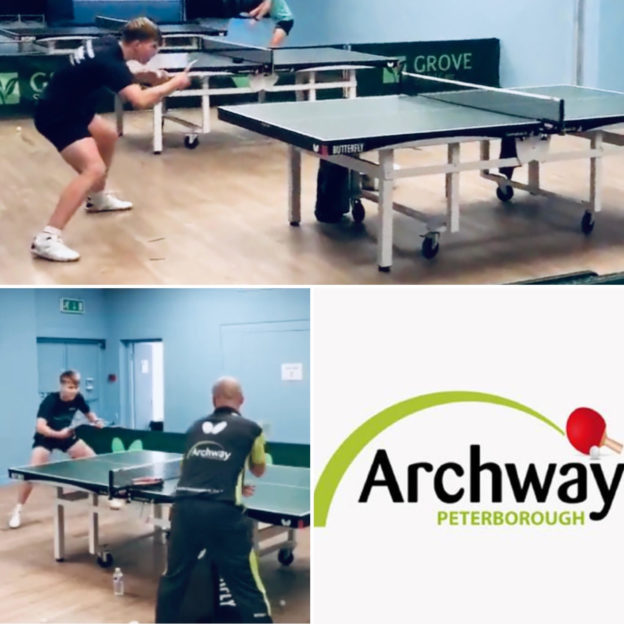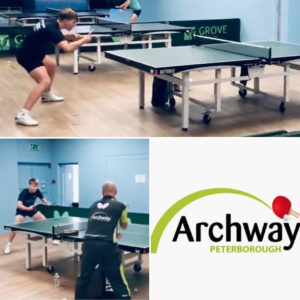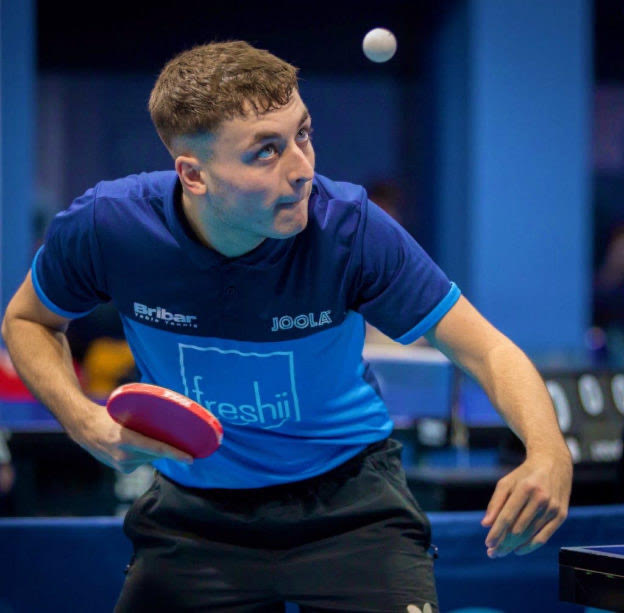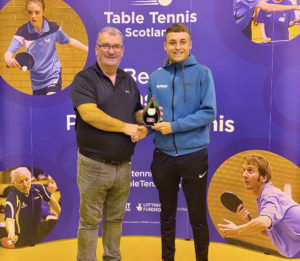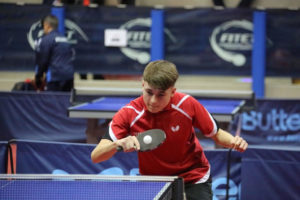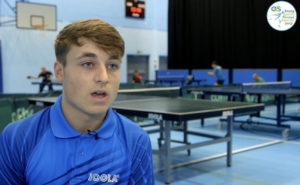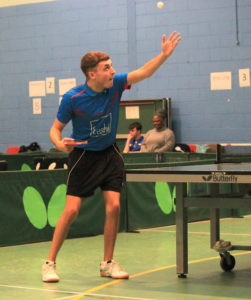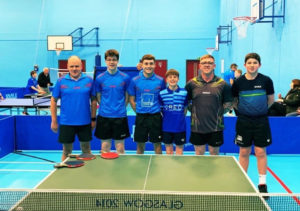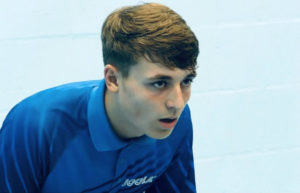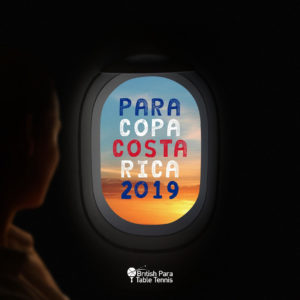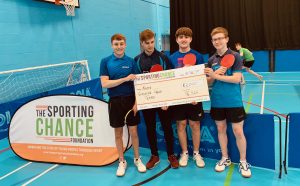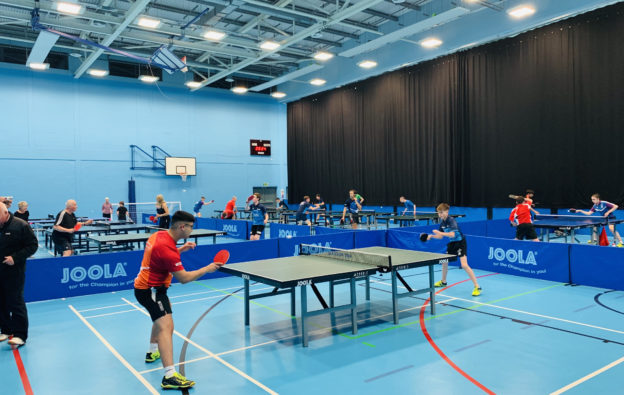Player Spotlight – Ryan Henry
Ryan Henry features in our latest Player Spotlight article where he answers questions on his tt career, what international competitions he has played in and what its like to be part of the GB Para squad. Ryan who is ranked no5 in Britain in the Class 8 category, currently plays for NATTC in three different leagues, studies Sports Coaching and Developement at UWS and coaches at the club and in local schools.
How did you first get involved in TT and what club did you go to first ?
I first got involved with TT when I was 11, a friend of mine was going to the club ran by Jordan and Chris in Dalry so i went to give it a try. I instantly enjoyed the sport and started going to club nights on a Monday at St Matthews Academy.
How long have you been training with the British Para Squad?
I started off only playing able bodied table tennis as I never realised I qualified to play para TT, I only went to my first para comp in December 2015 when I played in Liverpool, I then played my first international comp at the Spanish Open in June 2016 where I was officially classified and placed in class 8.
What countries have you competed and trained in?
I regularly travel to Sheffield to train with the GB pathway squad and around different parts of the UK for comps and training camps.
I have played a total of 13 international competition in 9 different countries. And have been to international training camps 3 times in 2 different countries.
I have played in Barcelona (Spain), Ostrava (Czech Republic), Lignano Sabbisdoro (Italy), Cluj de Napoca (Romania), Sint Niklaas (Belgium), Malmo (Sweden), Las Vegas (USA), Cancún (Mexico) and San José (Costa Rica).
I have also been to training camps in Oslo (Norway) and Previdza (Slovakia).
Hows the lockdown been for you? Have you been able to keep active and keep in touch with players and coaches at both NATTC and BPTT?
Lockdown has affected my training as I don’t have a table so I can’t train in that sense. I have been doing what I can to stay in shape though so my game suffers as little as possible. I have been doing shadow play sessions often both with the para GB squad on zoom calls and by myself, as well as doing hiit sessions with NATTC and going out runs. I also have a meeting once a week with GB pathway coach Shaun Marples to stay in touch and communicate what I’m doing and what I can be doing to help my game throughout this lockdown.
Pre-lockdown, what does your usual weeks training look like?
Before lockdown my schedule consisted of 3 training sessions a week on the table, 1 league match and usually competitions at the weekends. During the peak season I can be playing table tennis every night of the week plus travelling to competitions which is what I enjoy but also tough going.
Biggest achievement with NATTC?
My biggest achievement with NATTC has to be winning Scottish Para National Championships in 2019, this was my first time playing Nationals and I played well particularly in the final to win it. Jamie Johnson, Ian Macpherson and I got promoted to Division 1 of Scottish National League so I am looking forward to competing in Div 1 next season.
Biggest achievement internationally with British Para team?
My biggest achievement with GB para squad would be gaining a bronze medal in the team event in Mexico, I was playing in tough conditions and it was tough playing all day due to the time difference as it was tough to stay energised and not get too tired. I played particularly well in this event winning 4/5 of my singles matches and winning the bronze medal match against the Gold medallist in the singles event 14:12 in the 5th set.
You are currently studying Sports Coaching / Development at UWS whats its like combining education with training and what tips do you have on managing them both ?
I currently study Sports Coaching and Development at the University of the West of Scotland. I fit in uni work throughout the day to avoid it affecting my training at nights. Table tennis suits in well with my course as I can use personal experience competing and coaching for my course. From Jan – March I completed 60 hours coaching table tennis in local primary schools which was organised through my uni and NA active schools.
You are active in coaching at the club, both at competitions at weekends and delivering school classes / 1-1s during the week. What do you get out of coaching and what parts of it do you enjoy the most?
I enjoy coaching with the club as it allows me to look at the game from others perspectives and can help my own game. I also enjoy it as I love to see the the improvement of those I’m coaching it very rewarding seeing they’re hard work paying off and them getting results in competition.
Ryan was a finalist in the OSC Young Sportsperson of the year awards 2017 and travelled to London for the prestigious event. OSC came to our club to interview Ryan and see him play which you can watch below on Vimeo.
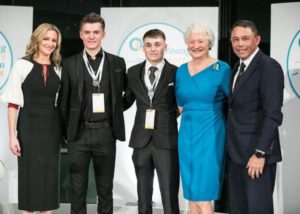
https://vimeo.com/235714067


